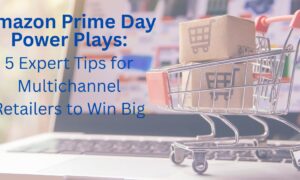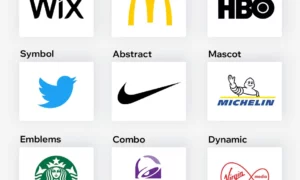No one wants to be duped into purchasing counterfeit goods, so use this checklist before you go shopping and be ripped off. Consumers must become more vigilant of fakes as the counterfeit sector grows. Counterfeit detection is the necessity of the era.
- Obtaining worldwide exposure is important. Before a company can comprehend the magnitude of the threat presented by online counterfeit detection sales, it must first uncover and quantify the issue. As we’ve seen, counterfeiters operate through a variety of internet channels, including B2B exchanges, auction sites, e-commerce sites, message forums, and so on.The good news is that only ten online marketplaces account for fully 80% of all marketplace traffic. If you keep an eye on these markets, you’ll see a substantial amount of traffic. The counterfeit sales figures mentioned here, like everything else on the Internet, are made possible by technology. There is just no other feasible way to handle the monitoring dilemma other than to employ technology.
- Enforce and monitor the minimum advertised price (MAP) policy for counterfeit detection. Continuous trademark protection monitoring is critical for both preventing and detecting counterfeit sales.Leading companies with extensive online seller networks are including trademark protection software, also known as MAP monitoring or brand compliance solutions, into their technological stacks, with ROI expected from improved online sales and reduced MAP violations.
Machine learning predicts the phrases and pictures that are likely to be covered by your associated IP portfolio inside the database. By simultaneously monitoring thousands of marketplaces, social media portals, search engines, and websites for possible infringements and illegitimate vendors, brand protection software saves users substantial time and frustration. This system can now monitor all potential items and product matches marketed under one’s brand.
- Another counterfeit monitoring tool to tell find counterfeit products is to inspect the box. Because reputable companies and businesses invest in high-quality packaging, receiving an item in weird fitting or suspicious packaging, or wrapped in what looks to be cheap plastic or weak materials, might be a red flag.And things that arrive with no packing are almost always fake. Be aware of packaging that has expired “use by” dates, damaged or missing safety seals, or lacks warranty information or producer contact information. Spelling mistakes, faulty logos, or trademarks are also red flags that an item is a forgery.
- Look for evidence that your customer data or credit card information is not being handled and maintained as securely as you would expect from genuine shops while completing in-person purchases.Check that your online payments are sent through websites that begin with HTTPS:// and are accompanied by a lock symbol. Legitimate online shops often seek payment using credit or debit cards or PayPal, so customers should be wary if they are requested to make a payment by a direct money transfer, such as a bank transfer.
- Most businesses or brands indicate their authorized merchants on their websites or in packing materials. In order to combat Ugg counterfeit product detection, the company’s website, for example, gives a list of authorized Ugg shops, as well as information on the newest schemes used by counterfeiters and a search option where buyers can verify if a website is selling imitation UGG goods by pasting in the URL.If you have any worries regarding the origin of the items, whether you are purchasing online or in person, ask the store for information about their distributor.
Conclusion
Consumers’ initial litmus test for knockoffs is price, product quality, and packaging.
Seller and payment information are critical considerations that are frequently missed
With counterfeit detection present in practically every industry, consumers might be tricked into purchasing low-quality imitations and be dissatisfied, whether they are shopping for Nike sneakers, mobile phone accessories, a luxury watch, or cosmetic items.
In addition to being out of cash, some buyers are stuck with items that are created with potentially hazardous components and pose genuine health and safety risks.



































